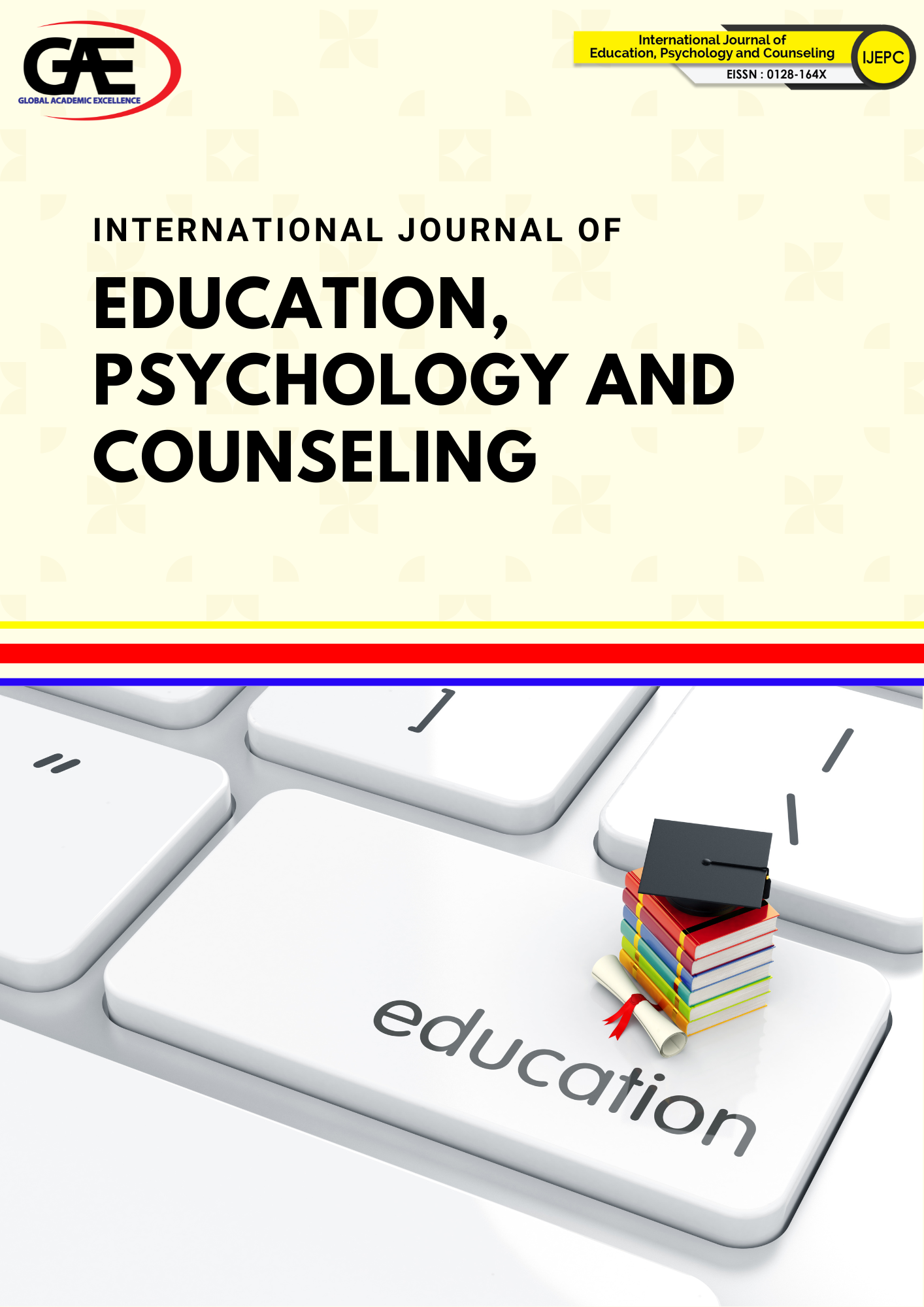KENAPA TIDAK MINAT? KEMEROSOTAN PEMILIHAN MATAPELAJARAN STEM DALAM KALANGAN PELAJAR DARI SUDUT PANDANGAN GURU
WHY IS THERE A LACK OF INTEREST? A DECLINE IN STEM SUBJECT SELECTION AMONG STUDENTS FROM THE TEACHERS’ PERSPECTIVE
DOI:
https://doi.org/10.35631/IJEPC.1059002Keywords:
Kemerosotan Pemilihan Matapelajaran STEM (Decline in STEM Subject Selection), Cabaran Pengajaran Guru (Teaching Challenges), Penggunaan Teknologi dalam Pengajaran Matapelajaran STEM (Technology Integration in STEM Education), Pasaran Tenaga Buruh Mahir (Skilled Labor Market), Peranan Pemberi Pendidikan (Role of Educators)Abstract
Malaysia masih belum mencapai matlamat nisbah Dasar STEM negara iaitu 60:40 seperti yang telah disasarkan iaitu 60% aliran sains dan teknikal dan 40% aliran sastera/sains sosial. Kajian ini dilaksanakan bagi mengenalpasti tiga objektif yang utama iaitu 1) Faktor-faktor kemerosotan pemilihan matapelajaran STEM, 2) Cabaran dalam PdPc matapelajaran STEM serta 3) Kaedah yang paling sesuai untuk menangani kemerosotan pemilihan matapelajaran STEM. Kajian ini menggunakan pendekatan kualitatif iaitu dengan menemubual 5 orang guru di sekolah menengah negeri Perlis. Hasil kajian mendapati terdapat 3 tema faktor kemerosotan matapelajar STEM iaitu aliran sains sukar, silibus sukar dan pelajar tidak minat. Cabaran dalam PdPc pula telah menghasilkan 4 tema iaitu asas STEM pelajar lemah, penguasaan penggunaan teknologi guru rendah, peruntukan untuk eksperimen/projek terhad dan peluang kerjaya STEM kurang dicakna. Cadangan peningkatan pemilihan matapelajaran STEM pula menghasilkan 4 tema iaitu perlunya sokongan ibu bapa kepada anak untuk mengambil matapelajaran STEM, latihan penguasaan silibus matapelajaran STEM kepada guru, sokongan pihak berautoriti dan kolaborasi bersama institusi pendidikan tinggi/agensi tempatan untuk meningkatkan lagi minat pelajar mengambil aliran STEM di sekolah. Kajian ini memberi sumbangan dari segi rujukan garis panduan kepada pemegang untuk mancapai matlamat Dasar STEM Negara yang telah ditetapkan.
Malaysia has yet to achieve the national STEM Policy target ratio of 60:40, which aspires for 60% of students to pursue science and technical streams, and 40% in the arts/social science streams. This study was conducted to identify three main objectives: 1) the factors contributing to the decline in STEM subject selection, 2) the challenges faced in the teaching and learning (PdPc) of STEM subjects, and 3) the most appropriate methods to address the declining interest in STEM subjects. A qualitative approach was employed through interviews with five secondary school teachers in the state of Perlis. The findings revealed three key themes regarding the decline in STEM subject selection: the perception that science streams are difficult, the complexity of the syllabus, and students' lack of interest. Challenges in STEM teaching and learning were categorized into four themes: students’ weak foundation in STEM, teachers’ limited proficiency in using technology, limited funding for experiments and projects, and a lack of awareness about STEM career opportunities. Recommendations to improve STEM subject selection yielded four themes: the need for parental support in encouraging students to choose STEM subjects, targeted training for teachers to master the STEM syllabus, stronger support from relevant authorities, and collaboration with higher education institutions or local agencies to boost students’ interest in pursuing the STEM stream. This study contributes by offering guideline references for stakeholders to achieve the goals set by the National STEM Policy.



